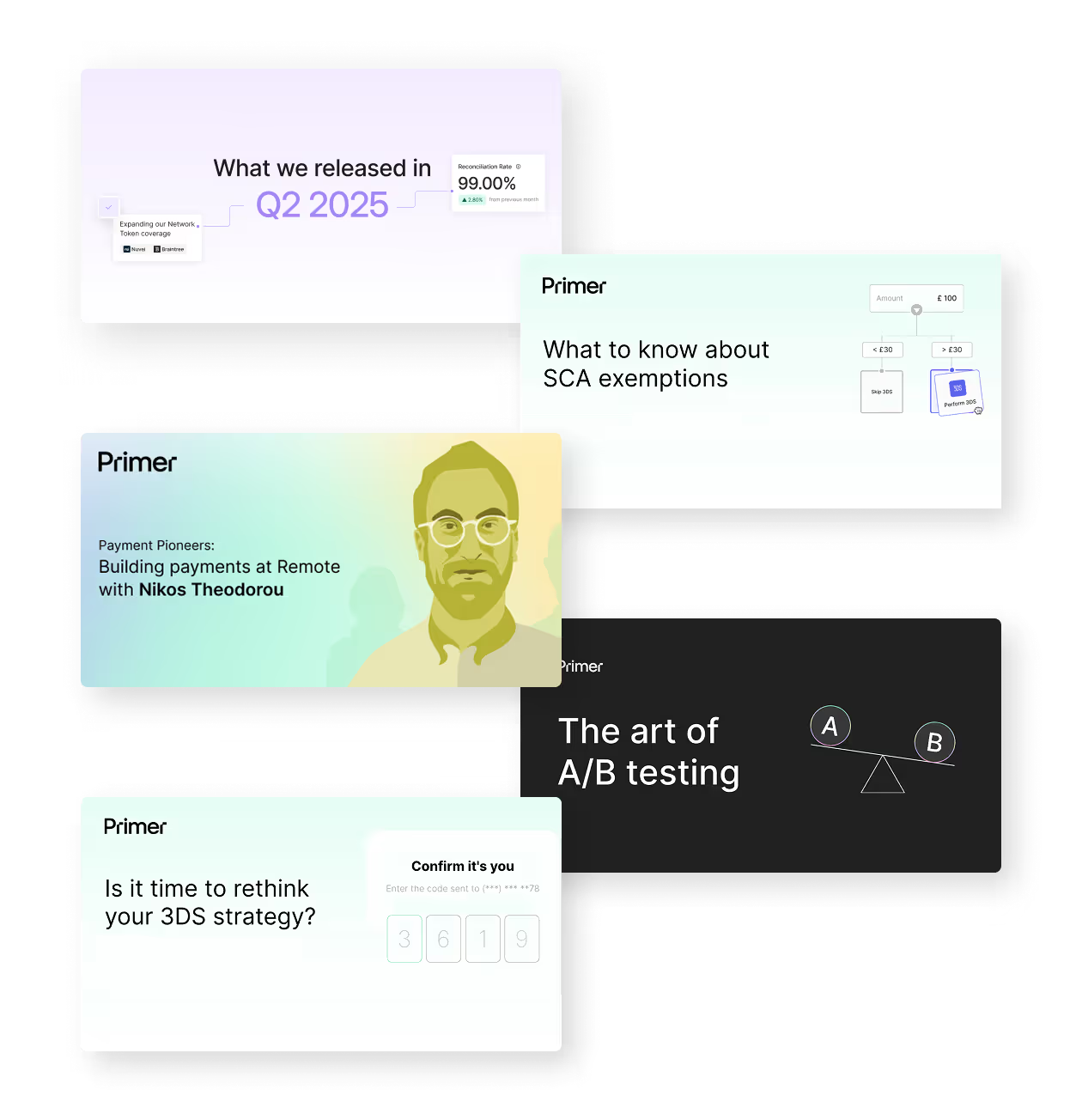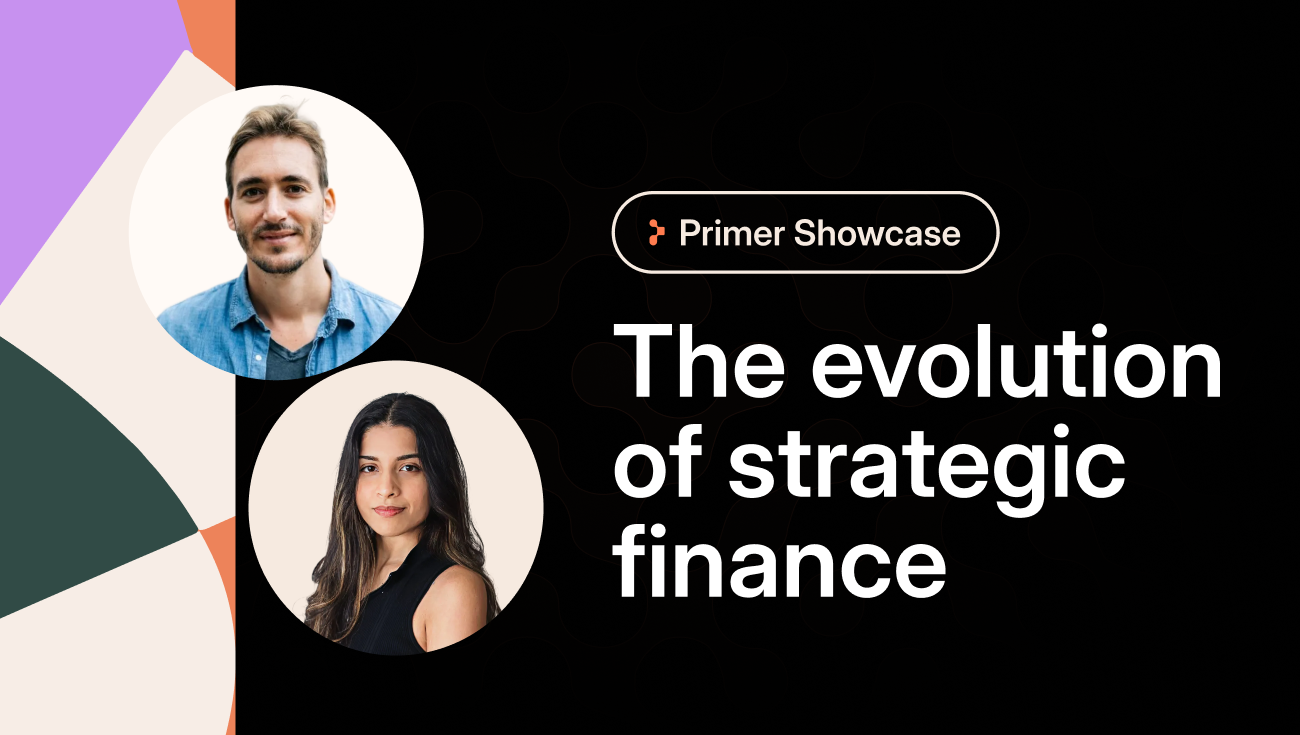This blog is written in partnership with Xendit, a new Connection partner that merchants on Primer can add in just a click. With Primer, merchants get a complete infrastructure to optimize for payment success and build the smoothest, end-to-end buying experiences for their customers.
We sat down with Andrew Lukman, Senior Enterprise Business Development Manager, and Kailash Madan, Primer’s Head of Sales in APAC, to learn more about how merchants should strategize their expansion into one of the world’s fastest growing eCommerce markets: Indonesia.
What’s the current opportunity for eCommerce in Indonesia?
Andrew Lukman: The COVID-19 pandemic has accelerated the adoption of all things digital in Indonesia. The number of Indonesian consumers using eCommerce reached 32 million in 2021—a jump of 88% from 2020.
For commerce companies with the right strategy, there are plenty of opportunities here. Indonesia is the largest Southeast Asian economy and the world’s fourth most populous nation with a population of 276 million. Imagine what a small slice of that market can do for your business..!
What does a great payment strategy for Indonesia look like?
Lukman: A great payment strategy is one that offers all your customers’ favorite payment methods. Adding payment methods customers love and trust means that once they’ve decided to buy, there’s little friction to prevent them from going through with their purchases.
To successfully capture the opportunities Indonesia has to offer, companies need to look into providing as many of these payment methods as possible, in a cost-effective way.
What are the main payment-related challenges faced by companies expanding into Indonesia?
Lukman: I see three main challenges for companies entering the Indonesian market:
- A large unbanked population. Banks mainly serve consumers in densely populated city areas, vs. those in rural areas. Limiting payment methods to the banked population means you’re missing out on selling to 92 million unbanked adults, many of whom are becoming increasingly digital-savvy.
- Low credit card penetration. With a credit card penetration rate of just 6%, offering only credit card payments hardly scratches the surface and doesn’t make sense anymore.
- A fragmented payment landscape. Popular payment methods tend to be varied: virtual accounts (bank transfer), digital wallets, over-the-counter payments at retail outlets, QR code (QRIS), debit cards and more. Within each of these categories, there are many players.
For example, the popularity of digital wallets, one of the most actively used payment methods, is spread quite equally among top players like OVO, GoPay, DANA and ShopeePay.
Kailash Madan: I’d add another point. While not strictly payment-related, given the geographical setup of the country, it’s essential to have an advanced logistics and inventory management system coupled with strong reconciliation capabilities to ensure satisfactory order fulfillment and tracking. This also ensures that companies are able to limit shipping and payment-related fraud in their operations.
How does a platform like Xendit help companies overcome these challenges?
Madan: To cope with these challenges, we recommend that companies offer their customers a wide variety of payment methods.
However, it’s time-consuming and expensive for merchants to work on their own to partner with each of these payment providers. Xendit solves this by enabling merchants to offer 20+ payment methods with just one integration.
Some payment methods to consider:
- Virtual accounts. To capture bank transfers from the many popular banks in Indonesia. Virtual accounts are unique to Indonesia, due to the unique challenges of matching sender and transaction information in Indonesia.
- A wide range of digital wallets. So customers have their favorite e-wallet to transact with, including OVO, DANA and ShopeePay.
- Over-the-counter payment methods. Customers can pay with cash at the ubiquitous minimarkets that are widely available even outside the cities.
Why should merchants integrate Xendit via Primer?
Lukman: Through Primer’s Xendit integration, merchants selling to Indonesian customers can get access to the most relevant payment methods directly from Primer’s Dashboard, with no code. With Primer’s Universal Checkout, merchants then have the ability to intuitively display the best payment methods per region, reducing friction and optimizing for their revenue and cost objectives.
With Primer’s commerce automation functionalities, merchants can also leverage Xendit’s payment capabilities combined with an array of tools to help with fraud prevention, shipping, communication and reconciliation—managing their end-to-end order flow on Primer.
How can merchants learn more about Xendit?
Lukman: To find out more, check out our website at https://www.xendit.co/ or follow us on LinkedIn and Twitter. If you have any questions, contact us so we can address your specific concerns and support you in growing your business.
Ready to build a global payment stack with Xendit and Primer? Connect with Primer’s product experts today.




(1).png)
.png)